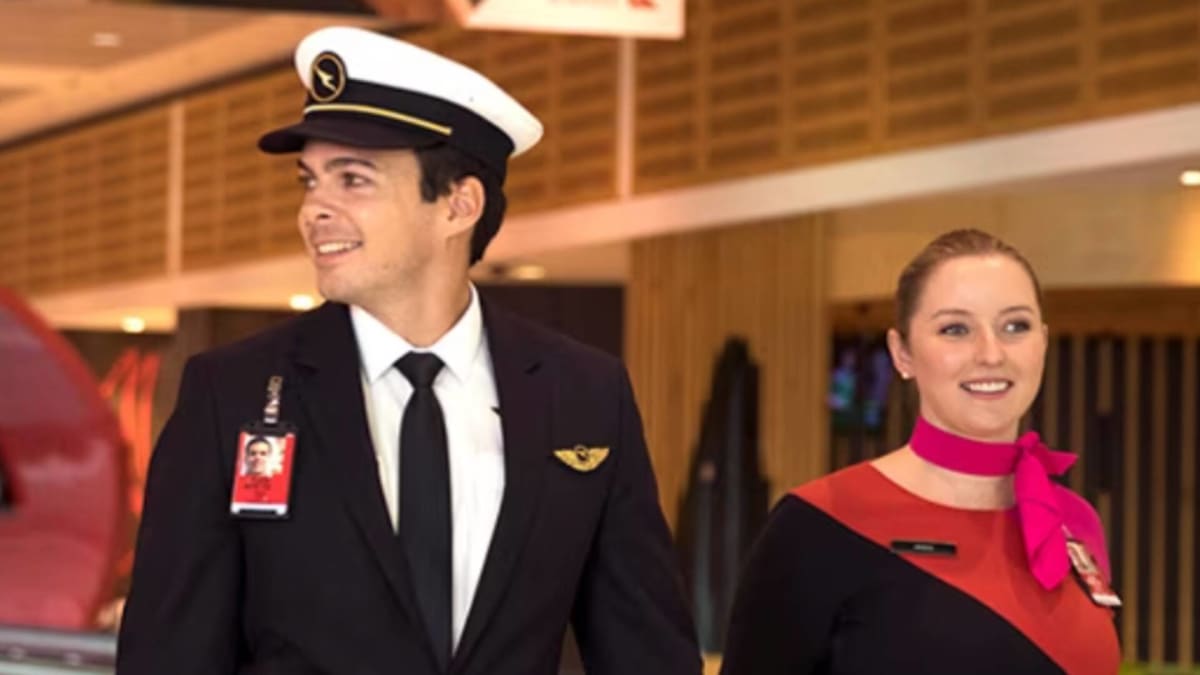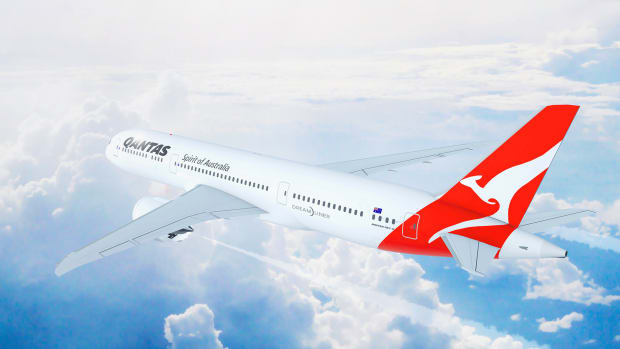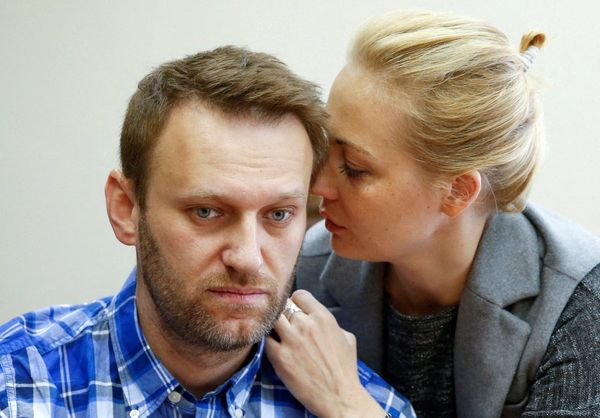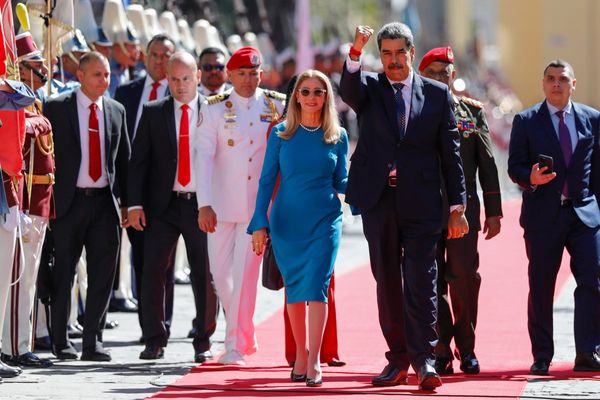
Pushback against flight attendant dress requirements goes back nearly as long as air travel itself.
In the 1950s and 1960s, airlines leaned into the "glamorous" nature of jet travel by selecting workers based often on strict and often arbitrary appearance-related factors. Stewardesses, as they were then called, were almost always female and couldn't be older than 27 or weigh more than 135 pounds (yes, they were actually made to stand on a scale before each shift.)
DON'T MISS: Popular Vacation Airline Fined Over Female Flight Attendant Dress Code
Some of the most stringent rules were dropped by the 1970s but the airline industry continued to be known for maintaining strict appearance standards Over the last decade, the battle has extended to everything from heel size and makeup requirements to visible tattoos.

Airline Says All Flight Attendants Can Wear Makeup
Australia's primary airline Qantas Airways (QUBSF) just followed airlines like Alaska Airlines (ALK) and United Airlines (UAL) by relaxing some of its "style and grooming" rules for flight attendants in response to growing trade and union group pressure.
The biggest change comes down to getting rid of distinct "male" and "female" style rules and no longer requiring female flight attendants to wear makeup or heels on long-haul flights.
"Fashions change and so have our style guidelines over the years," the airline said in a press statement. "Our uniform standards have always been reflective of the times."
While Qantas is no longer requiring its female attendants to wear makeup, it specified that workers of any gender can choose to do so if they wish. Male flight attendants will now also be able to have hair past a certain length so long as it is tied up in a ponytail or bun.
Previously not permitted, diamond earrings and watches above a certain size have also been okayed by the airline. The uniforms will continue to be made by Australian designer Martin Grant and feature Qantas' signature navy, red and fuchsia colors.
The overhaul follows similar uniform overhauls from a number of major airlines as well as increasing scrutiny over cosmetic and appearance-based requirements from the wider air travel industry.
What Airlines Frame As 'Inclusivity' Is Often Just a PR Move
In the spring of 2023, a Spanish court fined Barcelona-based budget airline Vueling 30,000 euros (roughly $32,300 USD) for placing an "undue burden" on female flight attendants by requiring them to wear a full face of makeup and heels between one to three inches while the only requirement for male cabin crew was a "clean and neat appearance."
Vueling, which is based in Barcelona owned by the wider International Airlines Group (BABWF) , said that it had already "been working on an inclusive image for more than a year" but sprang into action in fast-tracking the process.
While it is at least two decades behind a similar revolution in office worker standards, a push toward comfort and fewer gender-based rules has been reverberating across the airline industry.
In November 2022, British airline Virgin Atlantic (SPCE) changed its policy to give cabin crew of any gender the choice whether to wear a skirt or pantsuit on the job. Prior to the outbreak of the war, Ukrainian airline SkyUp ditched its former flight attendant uniform of pencil skirts and high heels for a loose-fitting orange pantsuit and Nike (NKE) sneakers.







